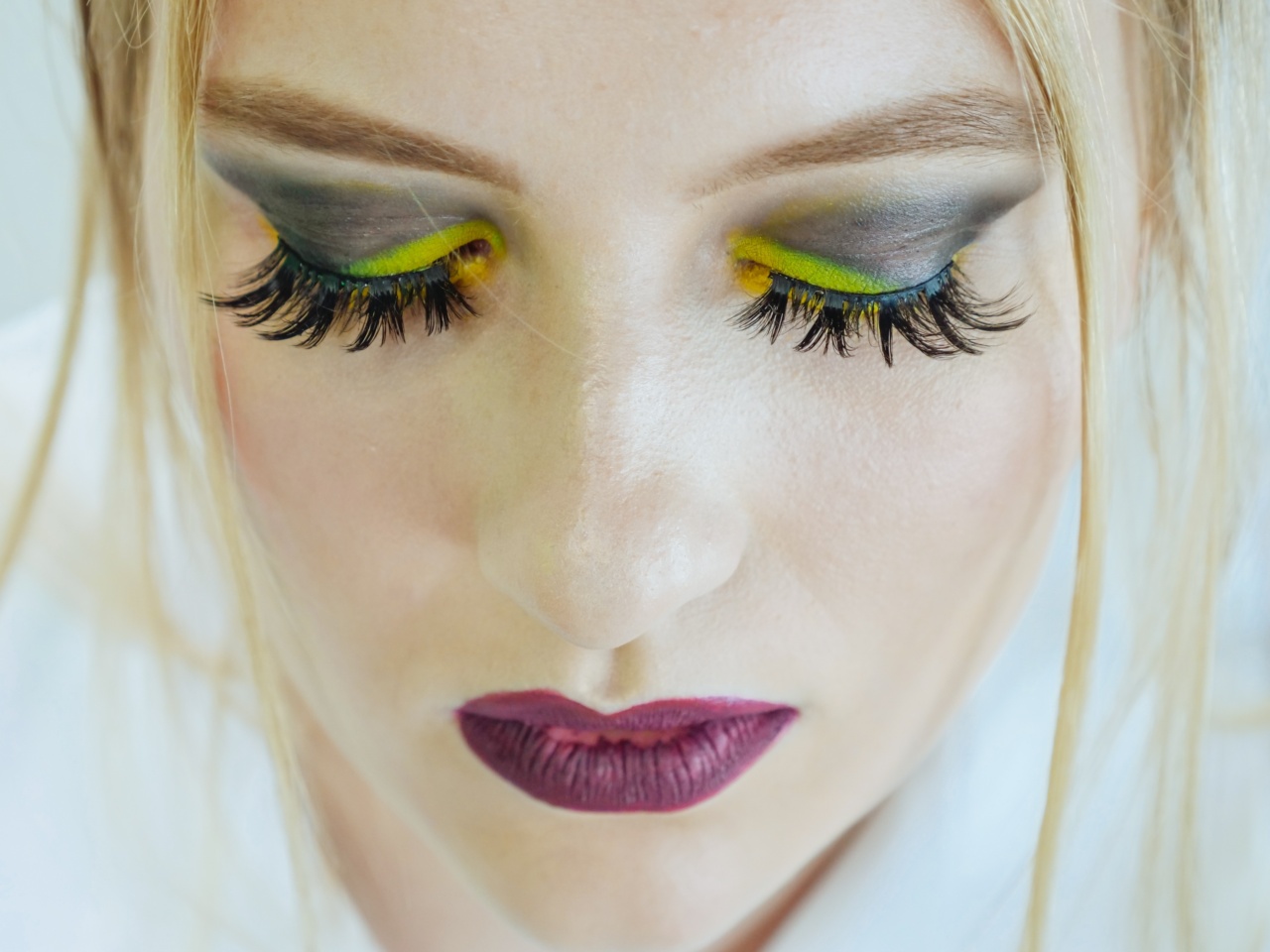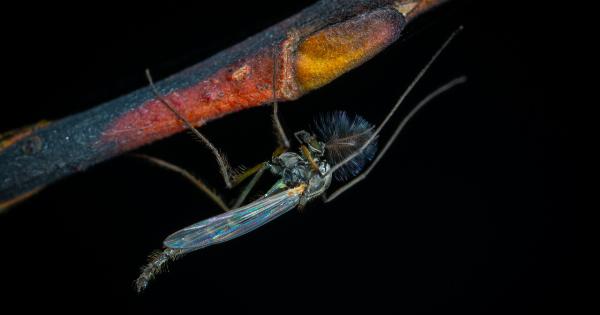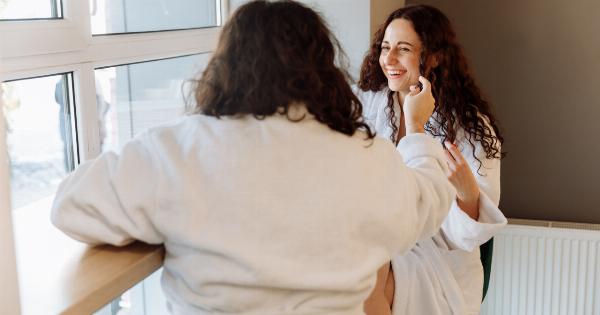The concept of beauty has intrigued humanity for centuries. From ancient Greek sculptures to modern fashion trends, societies have always valued physical attractiveness.
But what exactly determines what we find attractive? Are our preferences for beauty subjective or is there a science behind it? In recent years, scientists have been unraveling the mysteries of attraction, exploring how genetics play a role in our perception of beauty. This emerging field of research has shed light on the existence of a “beauty gene” and its influence on our preferences.
The Evolutionary Advantage of Attraction
One of the fundamental questions surrounding the science of attraction is why it exists in the first place. From an evolutionary perspective, attraction serves as a mechanism to ensure the survival and reproduction of our species.
It acts as a signal for genetic fitness, helping us identify potential mates who possess qualities that could enhance the health and survival of our offspring.
Physical attractiveness plays a significant role in this process. Studies have shown that people tend to be more attracted to individuals with symmetrical faces, as symmetry is associated with good health and genetic quality.
Clear skin, shiny hair, and a well-proportioned body are also indicators of good overall health and fertility, making them attractive traits in potential partners.
The Role of Genetics in Attraction
While many factors contribute to our perception of beauty, genetic influences have been found to play a substantial role.
Researchers have identified several genes that are associated with physical attractiveness, providing insights into why certain traits are universally considered beautiful.
One of the genes linked to attraction is the MHC gene, which plays a role in our immune system.
Studies have shown that individuals with a diverse set of MHC genes tend to be more attractive to others, possibly because a varied immune system enhances the overall health of potential offspring. This preference for genetic diversity could explain why we are often attracted to people who are different from us in terms of physical appearance.
Another gene of interest is the OCA2 gene, which is responsible for eye color. It has been found that people with lighter eye colors, such as blue or green, are often considered more attractive.
This may be because lighter eye colors are rarer and therefore more distinctive, increasing an individual’s overall attractiveness.
The Influence of Hormones
In addition to genetics, hormones also play a crucial role in shaping our perception of beauty.
Testosterone, for example, influences facial features and body composition, leading to traits that are often associated with attractiveness, such as a strong jawline or a muscular physique. Estrogen, on the other hand, contributes to the development of feminine characteristics such as full lips and a curvier body shape, which are often considered attractive by both men and women.
Interestingly, studies have shown that women tend to be more attracted to men with higher levels of testosterone, as these traits often indicate good genetic quality and fertility.
However, they also find men with lower levels of testosterone and softer, more feminine features attractive when seeking long-term partners, as these traits are associated with nurturing and commitment.
The Cultural Influence on Beauty
While genetic and biological factors lay the foundation for our perception of beauty, cultural influences shape our ideals and standards of attractiveness.
Throughout history, different cultures have valued various physical traits, leading to the development of distinct beauty standards.
For example, in Western societies, a thin and slender body shape has been traditionally associated with beauty. This preference can be attributed to socio-cultural factors, such as the association of thinness with wealth and social status.
In contrast, some African cultures have celebrated fuller body types as a symbol of fertility and health. Similarly, beauty ideals for facial features, hair, and skin tone vary across different cultures, reflecting the diversity of human preferences.
The Future of Attraction Research
As scientists continue to unravel the science of attraction, further discoveries in genetics and neuroscience are expected to shed more light on this complex phenomenon.
Advances in technology, such as facial recognition algorithms and brain imaging techniques, allow researchers to explore how our brains respond to different facial features and physical characteristics.
Additionally, researchers are investigating the role of evolutionary psychology in attraction, examining how our ancestral history shapes our preferences for certain traits.
By understanding the adaptive advantages of specific features, scientists hope to gain a deeper understanding of why we are drawn to particular physical attributes.
The Influence of Personal Bias
While genetic and evolutionary factors undoubtedly play a significant role in our perception of beauty, attraction is ultimately subjective and varies among individuals.
Personal experiences, cultural upbringing, and individual preferences all influence our sense of attractiveness. What one person finds beautiful, another may not necessarily agree upon. Ultimately, beauty is a complex and multifaceted concept that goes beyond genetics and science.
The Beauty Gene: A Fascinating Field of Study
The emerging field of attraction research has unveiled the influence of genetics on our perception of beauty.
From the evolutionary advantages of attraction to the role of genes and hormones, scientists are uncovering the complex interplay of factors that shape our preferences. However, it is essential to recognize that beauty is a multifaceted concept influenced by personal bias and cultural conditioning.
As our understanding of the science of attraction continues to deepen, we can appreciate the intricate factors that contribute to our perception of beauty.






























